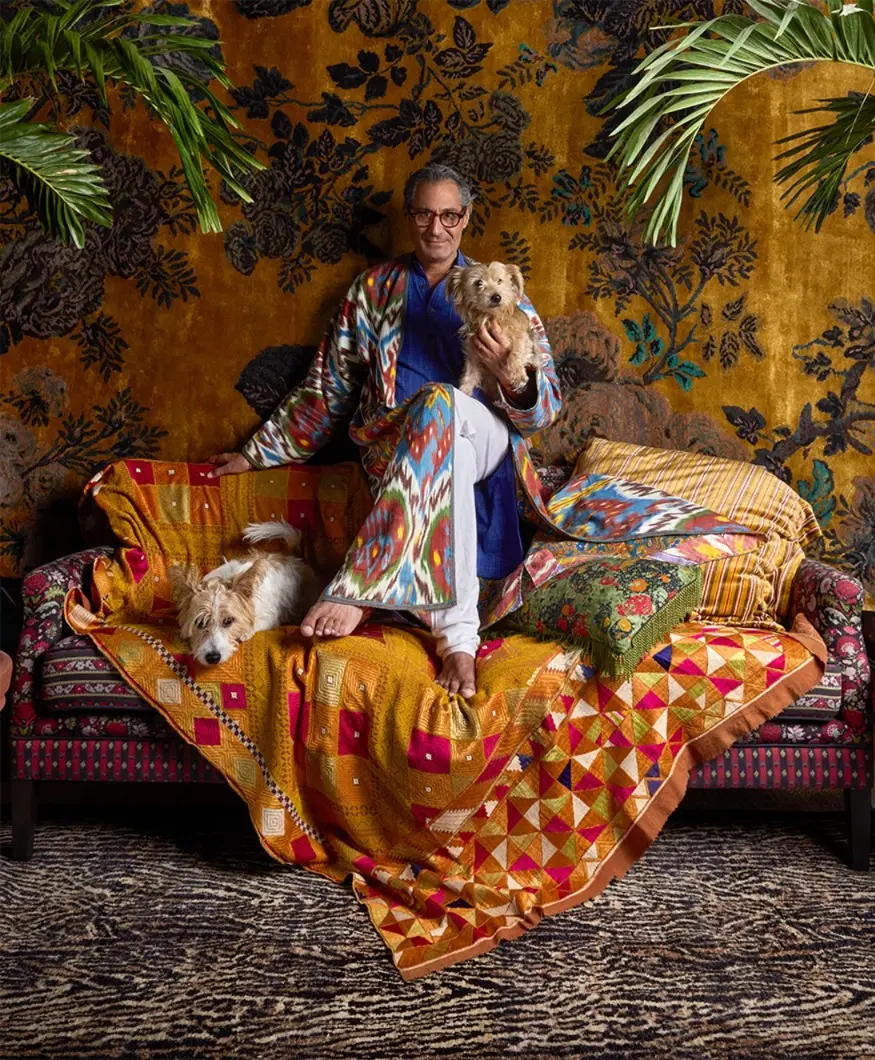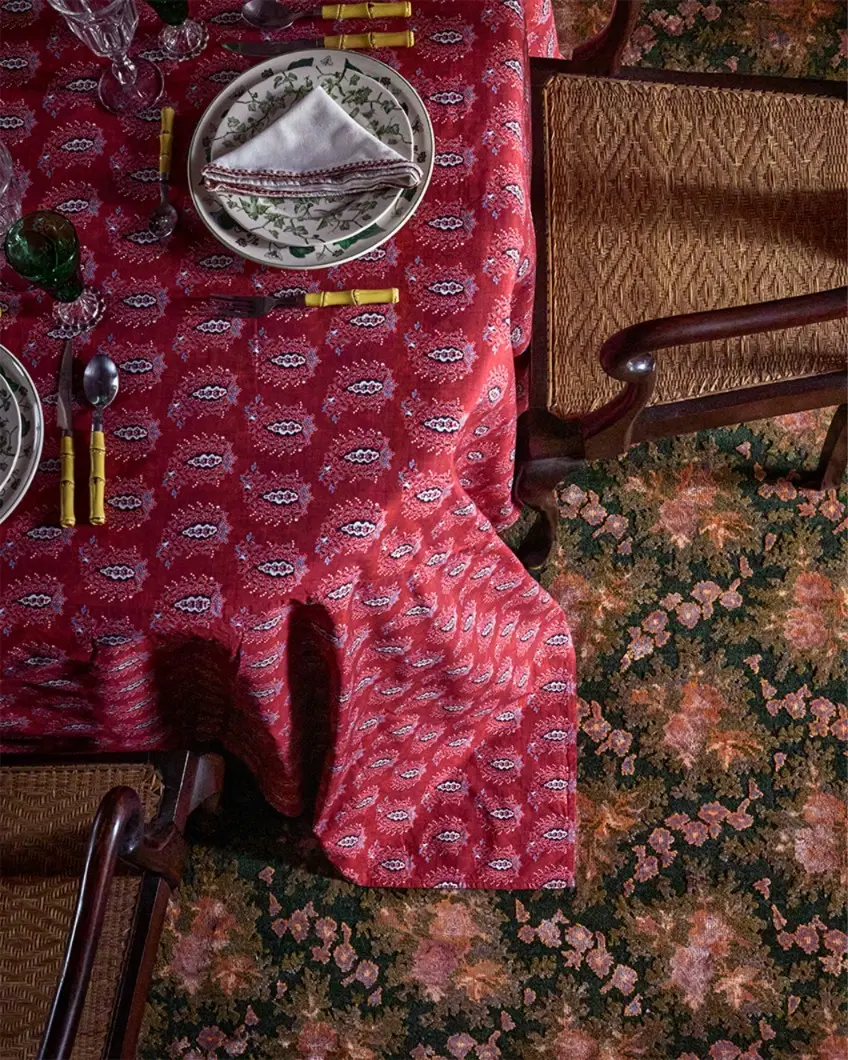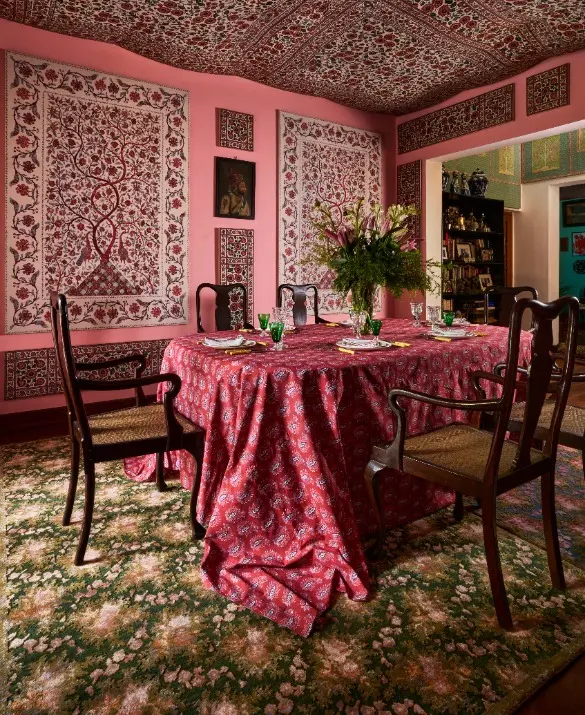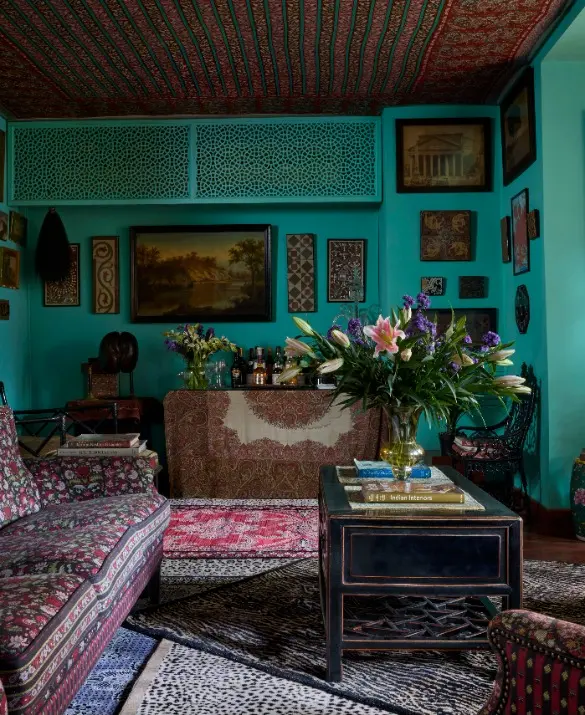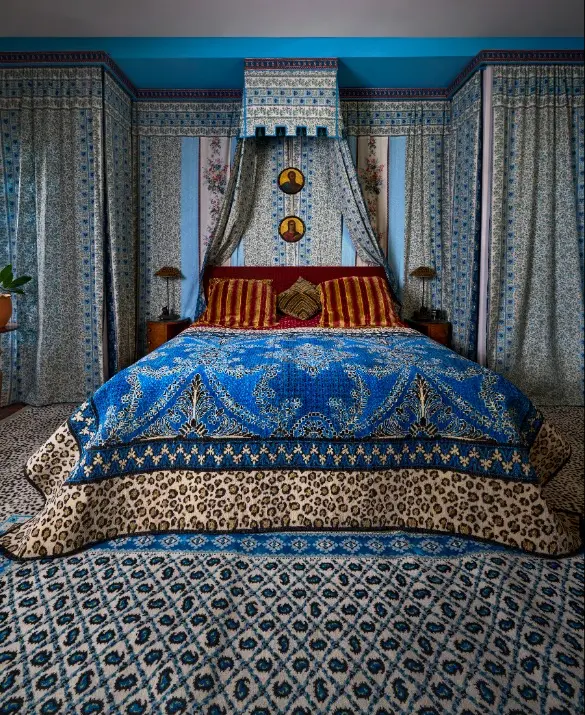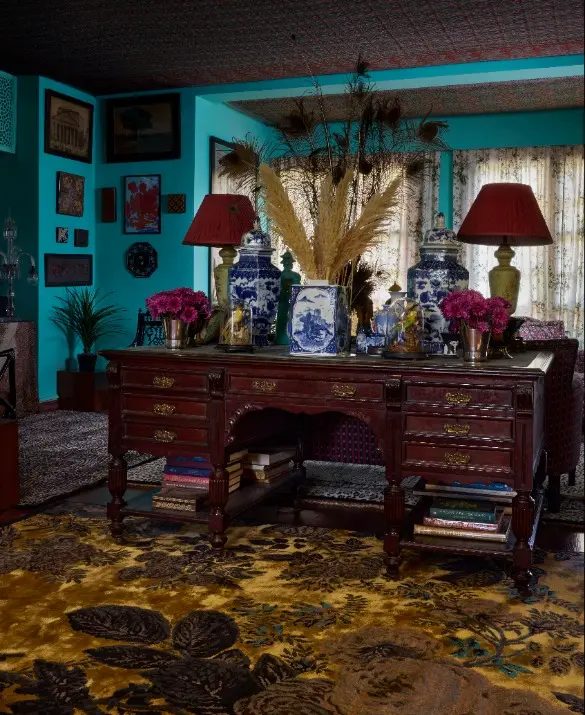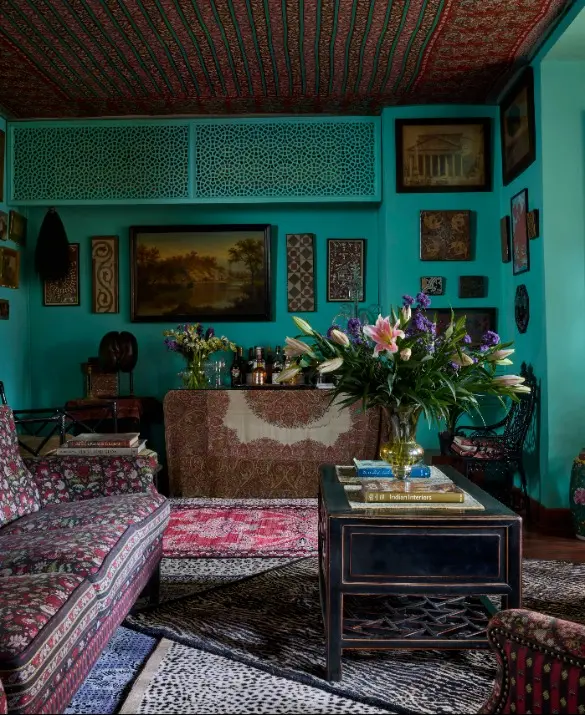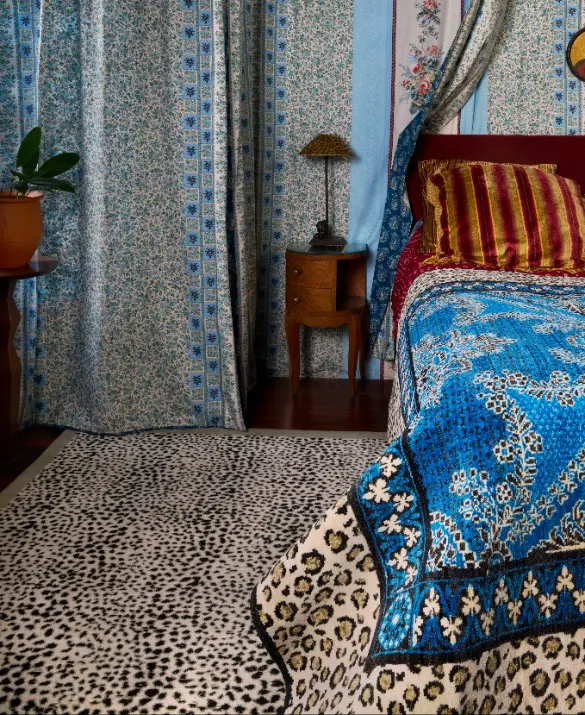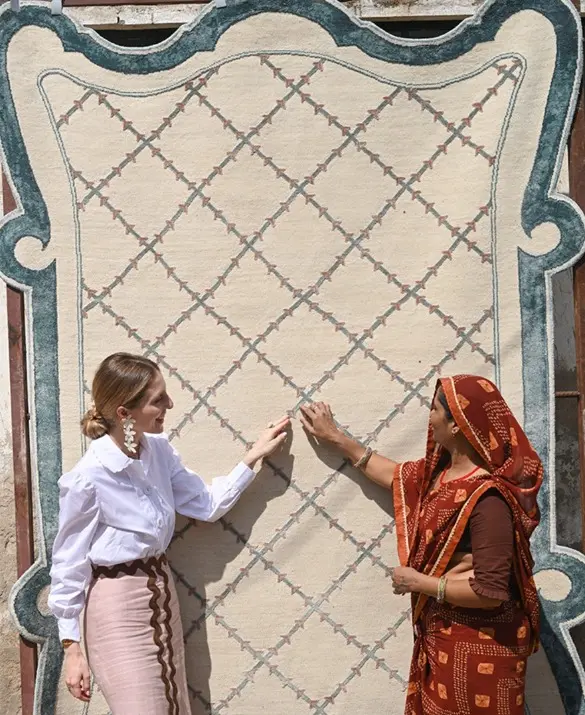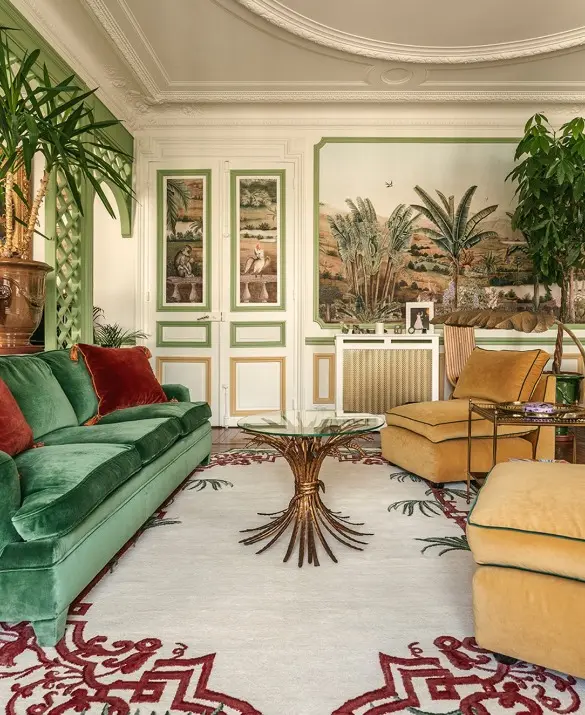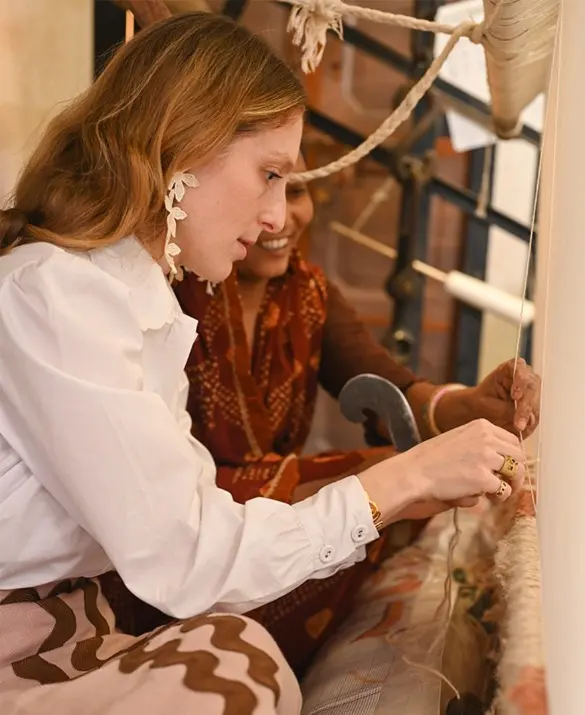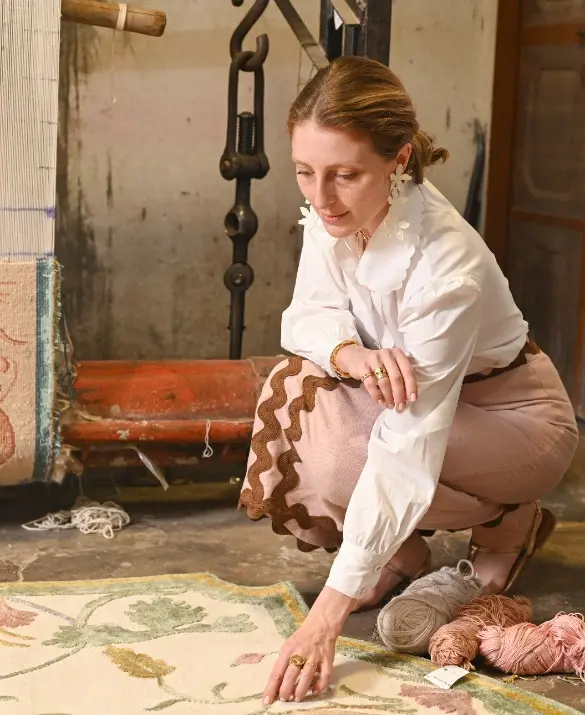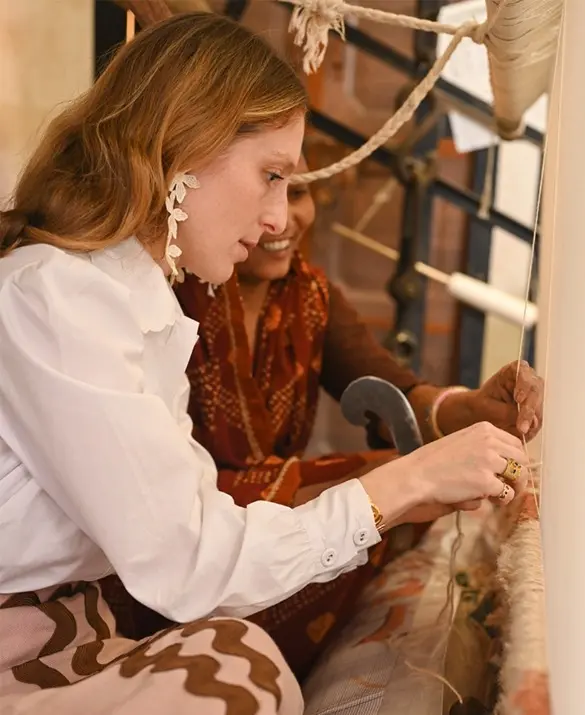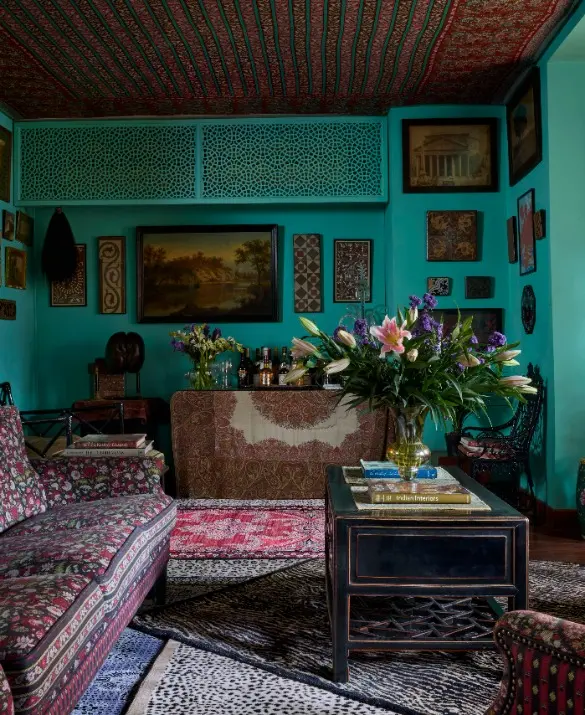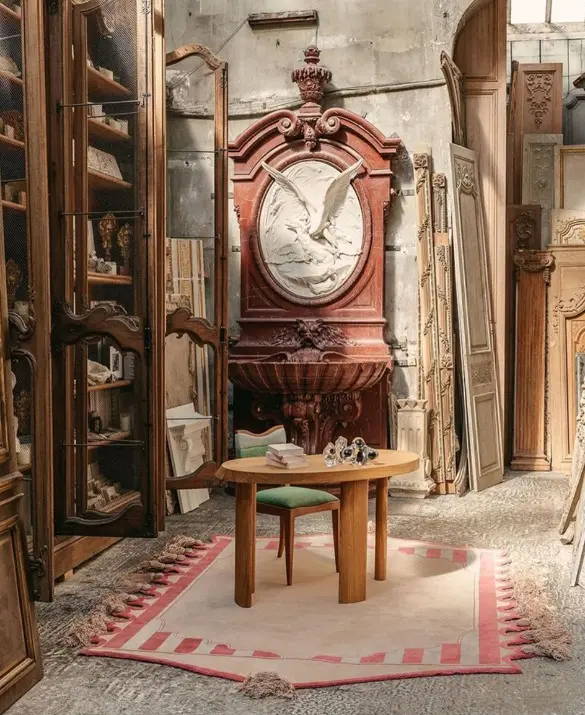Jaipur Rugs
INTRODUCES
Malmaison
Collection: The Gilded Age
Category: Accessories
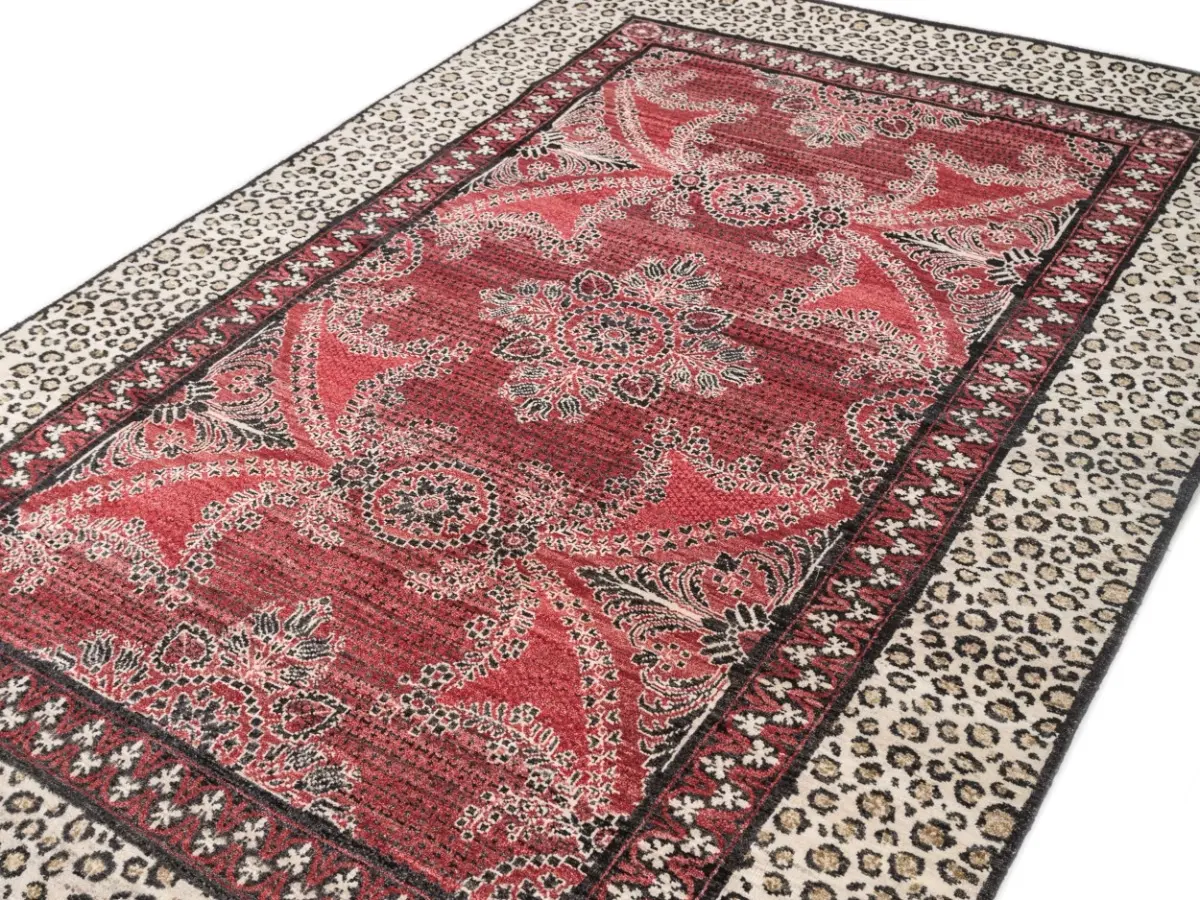
JAIPUR RUGS - Malmaison
The Gilded Age Collection honors Madeleine Castaing and Peter D’Ascoli’s global trek, merging 19th-century charm with modern design. Hand-knotted rugs show chintz florals, wild motifs & neoclassical details!!

Product description
An ode to Emperor Napoleon Bonaparte’s stylish home, Malmaison, the collection is a quintessential neoclassic design reminiscent of the Empire style of Napoleon I. The architecture of the era is defined by symmetry and fuses the modern and classical features of architecture. The handcrafted rugs in the Malmaison collection feature garlands and stylized Greek motifs framed by leopard skin motifs. The bright hues with the clean elegant lines and an uncluttered appearance bring to attention the fusion of two different worlds of patterns and motifs fusing them as one. A perfect choice as contemporary abstract art, the rugs from the Malmaison collection bring the old world charm of the neoclassical era, designed for today.

Product name
Malmaison
Designer
PETER D’ASCOLI
Materials
Wool
Dimensions
6x9 FT / 180x270 CM / 72x108 INCHES / 1.82x2.74 METERS
Production process
Hand-Knotted
Hand-knotting found its way into Indian heritage from Persia, giving it its name, Persian Hand-knotting. It’s uniqueness in art is through its style of printing; knot by knot and line by line, paying attention to each intricate detail. It’s a process taking a minimum of 2 months, ranging up to almost a year depending on the quality and size of carpet being woven.
Differentiating each knot was originally done by memory, where weavers would sing out the colors of the line of knots called Boli weaving. This later evolved to the use of design maps, which helped accommodate a rapidly changing design palate. Artisans place the design map at the base of the loom and use each pixel in a chart as a reference to a knot. Artisans with Jaipur Rugs are also a part of a unique sustainable initiative called Manchaha, where they get to design their own rugs at the loom.
Hand-knotting found its way into Indian heritage from Persia, giving it its name, Persian Hand-knotting. It’s uniqueness in art is through its style of printing; knot by knot and line by line, paying attention to each intricate detail. It’s a process taking a minimum of 2 months, ranging up to almost a year depending on the quality and size of carpet being woven.
Differentiating each knot was originally done by memory, where weavers would sing out the colors of the line of knots called Boli weaving. This later evolved to the use of design maps, which helped accommodate a rapidly changing design palate. Artisans place the design map at the base of the loom and use each pixel in a chart as a reference to a knot. Artisans with Jaipur Rugs are also a part of a unique sustainable initiative called Manchaha, where they get to design their own rugs at the loom.
Year
2025




